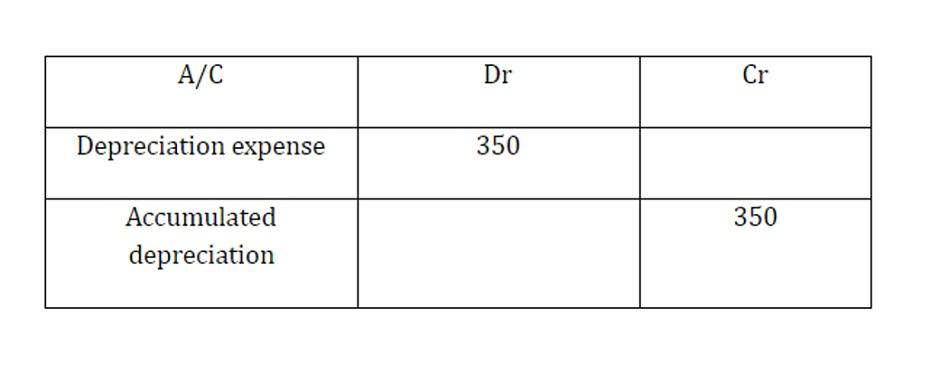
If you have more questions about how payroll processing works, don’t hesitate to speak with an SPLI account executive. Other factors could also influence what payroll type benefits your company and employees more. For example, if you choose the 15th and the 30th for this type of payroll, that could fall on a Wednesday and a Thursday one month and a Friday and a Saturday the next month.
Bi-Weekly Pay Schedule
This consistency can make it easier for both employers and employees to plan their budgets and expenses since they know exactly when to expect their next paycheck. Receiving up to two additional paychecks per month compared to a semi-monthly pay schedule is certainly a bonus for employees. For months where additional planning was not put in place, a small business may not have sufficient funds for a three paycheck month compared to a two paycheck month. When it comes to Semi-Monthly payroll, new hires will typically need to wait 4-6 weeks before receiving their first paycheck. This depends on the day they started in comparison to the payment schedule.

How Bi-Weekly Pay Affects Budgeting
On the other hand, the semi-monthly payroll frequency comes in third place after the weekly payroll, with 19.8% of US private establishments paying their employees twice a month. For example, in one month, the 15th and the 30th can be Wednesday and Thursday, and in the next month, they can be Saturday and Sunday. Due to this, sometimes payments must be rescheduled for an earlier or a later day as banks don’t process transactions on the weekends.

Budgeting and planning
However, some factors can make one option more suitable than the other. Employers can easily forecast and allocate funds since payroll semi monthly vs bi weekly expenses occur once a month. Weekly payment requires frequent payroll checks, increasing administrative work and potential errors.
- As stated previously, semi-monthly payments can get affected by weekends.
- The employee’s pay records will indicate a gross salary of $2,166.67 each semimonthly payday.
- Each guide contains a quick overview and a detailed description of the difference between the terms it covers, as well as definitions, pronunciations, grammar rules, and usage tips.
- Once payroll time comes, you can easily export all necessary data in CSV, PDF, Excel, or API formats.
Pros and Cons of Semi-Monthly vs Bi-Weekly Payroll

With biweekly payroll, companies pay their employees every other week for a total of 26 paychecks per year. This model is the most common payroll option in the United States for a number of reasons. The difference between bi-weekly and semi-monthly https://www.bookstime.com/ is that while the bi-weekly payment is made once every two weeks to the employees, semi-monthly payments happen twice every month. In the case of one, the paydays may remain constant, whereas for another, the paydays might differ.
This means that employees who are paid semi-monthly may receive slightly less income overall compared to those on a biweekly schedule. Depending on several factors, employers choose to pay their employees biweekly, weekly, monthly, and semi-monthly. In this article, we’ll discuss the difference between bi-weekly and semi-monthly pay periods. Depending on the choice made between the two, the budget of a company is impacted. Due to potential cash flow constraints, businesses with seasonal or irregular revenue patterns may find biweekly payments less suitable.
Definition of Semimonthly Payroll
- Some individuals find it challenging to adapt to a biweekly schedule, mainly if they are accustomed to a monthly or weekly payment structure.
- Contrary to popular usage, bi-weekly does not mean twice in the same week.
- This inconsistency in the days worked by a matter of one or two days could be covered by a period of several years why, which the employer can make up by adding the 27th paycheck.
- Some states have laws and pay frequency regulations that mandate pay dates.
- This amount is derived by dividing fifty thousand dollars by 24 as there are two pay cycles every month.
- For full-time employees that have regular deductions and benefits, a semi-monthly pay strategy will likely work best.